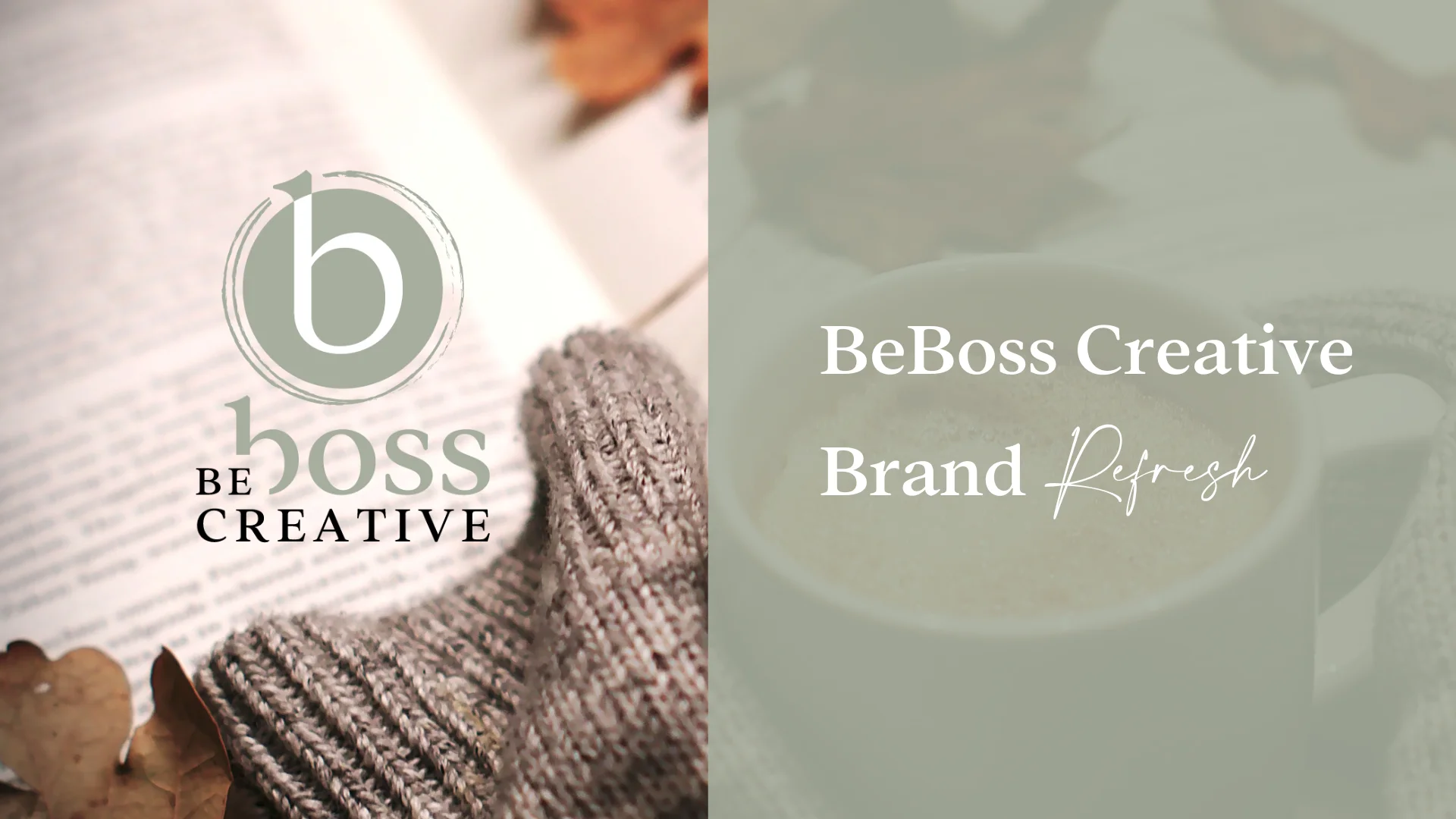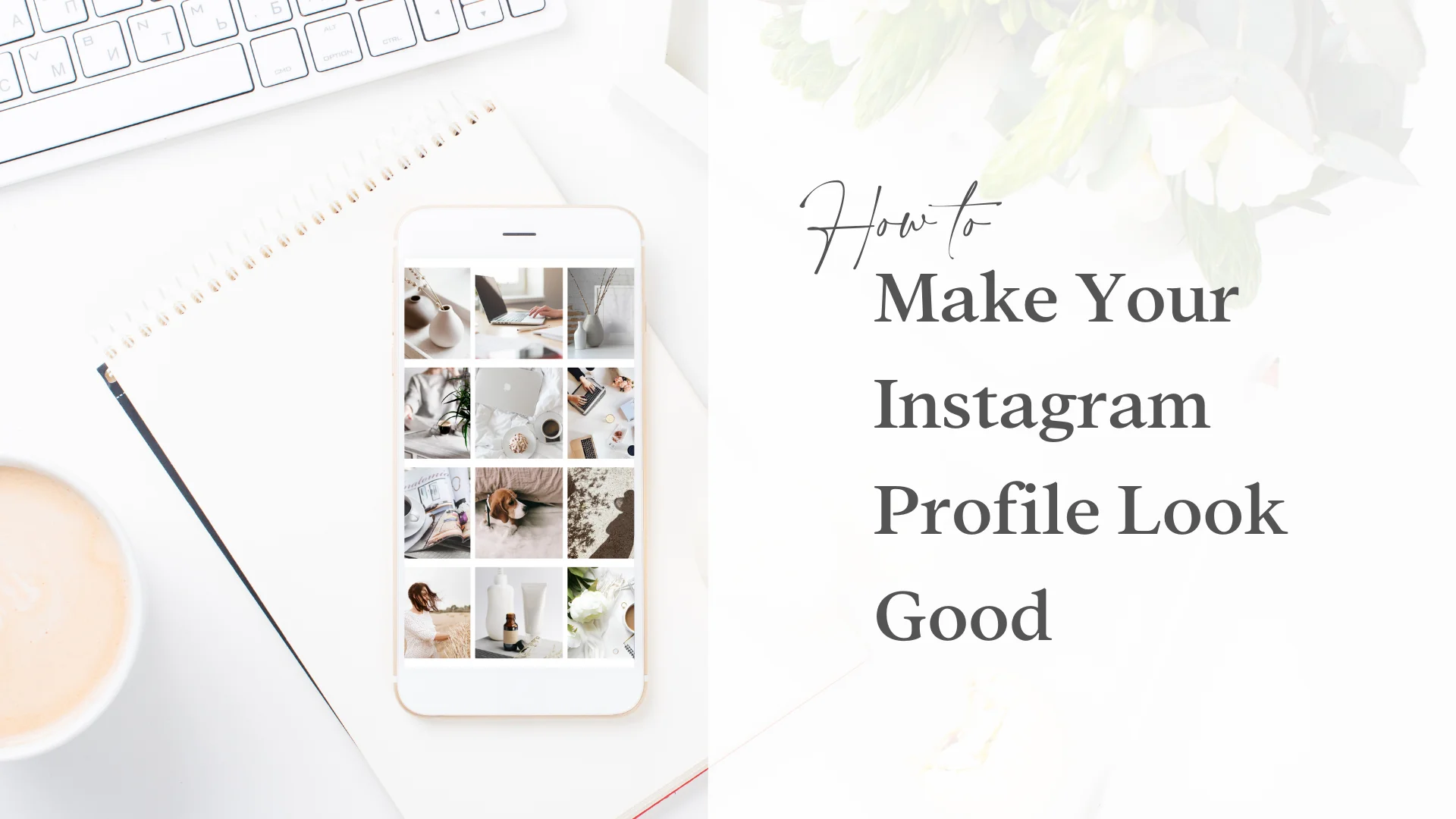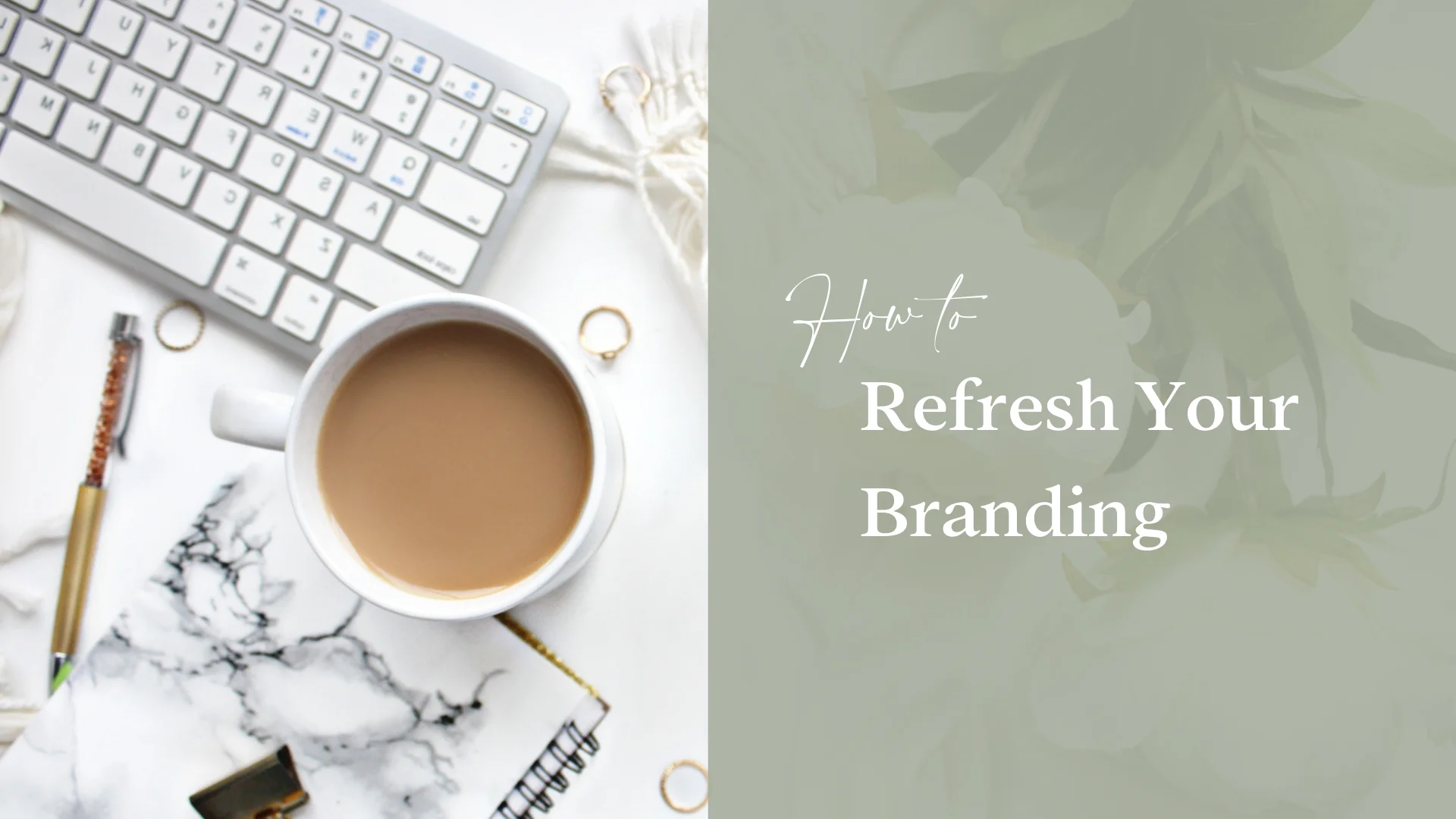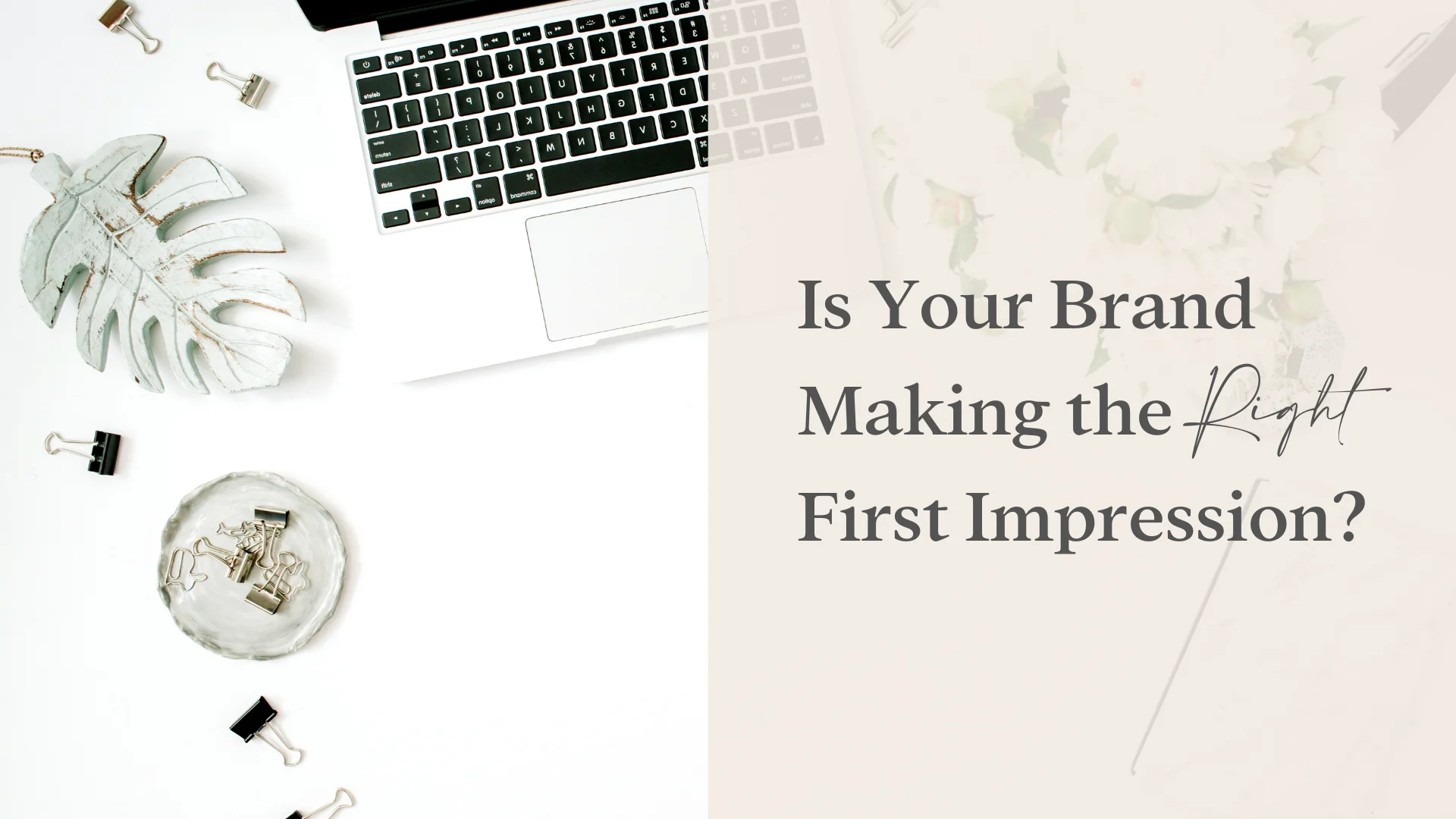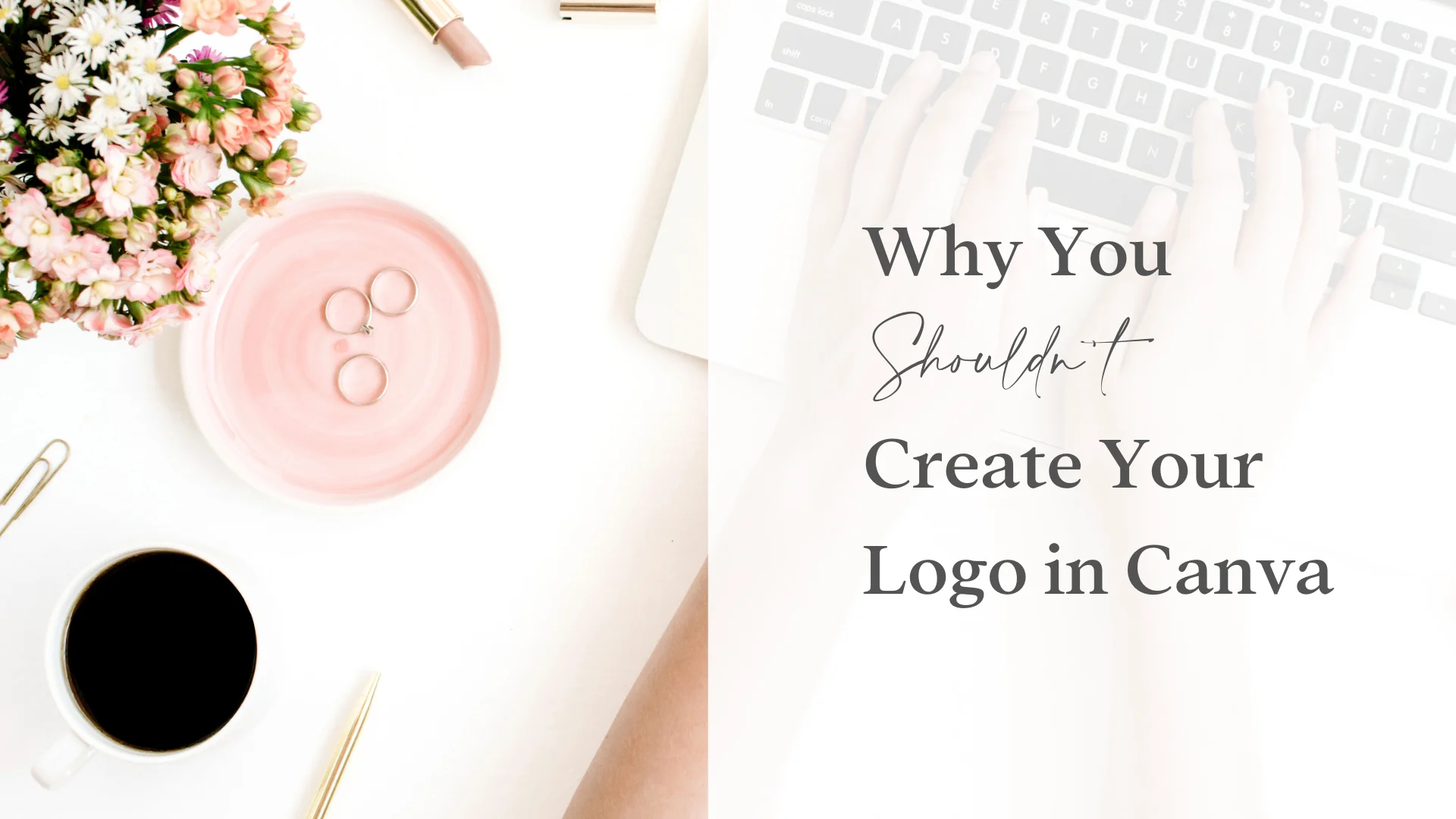
How to choose your brand colour palette
Choosing the perfect brand colour palette is one of the key steps in creating an eye-catching brand. You want your brand colours to reflect your business, speak to your ideal customer and form a harmonious overall look.
But how do you make the right choices from thousands of colour options?
Creating a winning brand colour palette comes down to combining four things: strategy, theory, inspiration and final testing, and to make this task more approachable, we can break it down into six actionable steps.

Step 1:
Create a strategy
Different colours portray different emotions. To understand which colours work best for your business, you should first decide what emotions you want your business to be associated with. Think about the adjectives you would use to describe your business, what you offer, the values your business stands for and what would also resonate with the customers you want to serve.
Perhaps you want your business to be associated with excitement and energy, or more calmness and tranquillity. Maybe you want to be linked to emotions such as trust and knowledge, health and freshness or luxury and glamour.

Step 2:
Use Colour Psychology
To then help you choose colours that align with those emotions, it's good to get an understanding of colour psychology. Colour psychology is a study of colour's impact on human behaviour and can help you understand what colours could align best with your type of business.
There's a reason why for example sale signage is often bright red or yellow (associated with urgency, impulsiveness and excitement), why environmentally conscious brands tend to lean toward green (associated with nature and health) and why blue is the most popular colour in branding in general (associated with trust, security and confidence).

Step 3:
Find inspiration
As each colour has however thousands of different tones to choose from, to find the exact right ones for your business it's best to next gather some inspiration. My favourite place for finding inspiration is Pinterest which is like a huge search engine for thousands of inspirational images and it's free to use.
Your inspiration doesn't have to relate directly to what you do in your business, especially when looking for colour inspiration. Fashion, interiors and nature are for example some of the easiest categories to explore for ideas. Search using the words that relate to the emotions you're looking to convey and start pinning the images you like to your own inspiration board. You'll start to soon see some similarities and repetitiveness and specific tones start to stand out.
Step 4:
Choose your main colour
Choose one of those colours as your main brand colour; that one colour you want to represent your brand and have in people's mind when they think about your business. This colour should dominate the look of your branded content, whether it's on your website, social media or in your marketing.
If there's a specific image that has the exact colour you want to use, you can use online tools such as Colors From Image to get the exact HEX colour code value for the colour. If you want to adjust this colour further, you can use online tools like HEX Color Tool for that. Keep your final colour code safe so that you can replicate the exact same colour for your future content.
Step 5:
Choose your accent colour
Based on your main colour, you're then gonna choose your accent colour; a colour that you'll use for anything you want to stand out such as your call to action buttons and headings. This colour should appear in your content in minimal amounts in order to be effective.
This colour serves its purpose best when it's clearly contrasting from your main colour. An easy option would be to select a complementary colour to your main colour; one from the polar opposite side of the colour wheel. If your main colour is for example a tone of blue, your accent colour would stand out really well as a tone of orange. If you don't want such a drastic contrast, you can go with a colour that's a few steps closer on the colour wheel to your main colour.
Step 6:
Choose your supporting colours
You can then add 1-3 additional supporting colours to your palette if you want more variation. I would recommend choosing at least one very light colour as it gives you more flexibility for example for your backgrounds if you're not keen on using just plain white all the time.
An easy way to create a harmonious look is to go with a colour that's a few tints lighter from your main colour.

Step 7:
Test your colours
Just like you would try new clothes on before buying them, you'd similarly want to test your brand colours in use before locking them as your final selection, and make some adjustments where needed.
You first want to make sure that the colours you've chosen work next to each other without blending in so much that it's difficult to tell the difference.
You also want to make sure that the colours you're planning on using over each other are contrasting enough as you don't want the viewer needing to squint their eyes while going through your content. Similarly, you don't want to choose colour combinations that aren't easy on the eye, such as the options below.

But all these tips are still only recommendations and suggestions, as there are no definite rules when it comes using colours, so always trust your gut instinct. The main factor that should lead your decisions is the emotional connection, so trust how certain colours make you feel and don't forget to ask for an opinion from others too.
With kindness,
![]()

Explore my free resources:
→ FREE 30-day Kajabi trial
→ FREE Website Checklist
→ FREE Sales Page Guide
Or find out more about my:
→ Kajabi Template Shop
→ Brand & Web Design services







